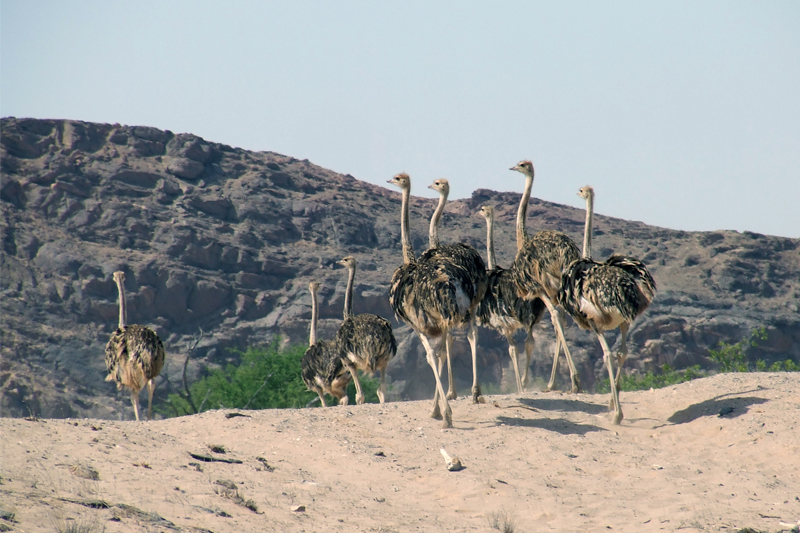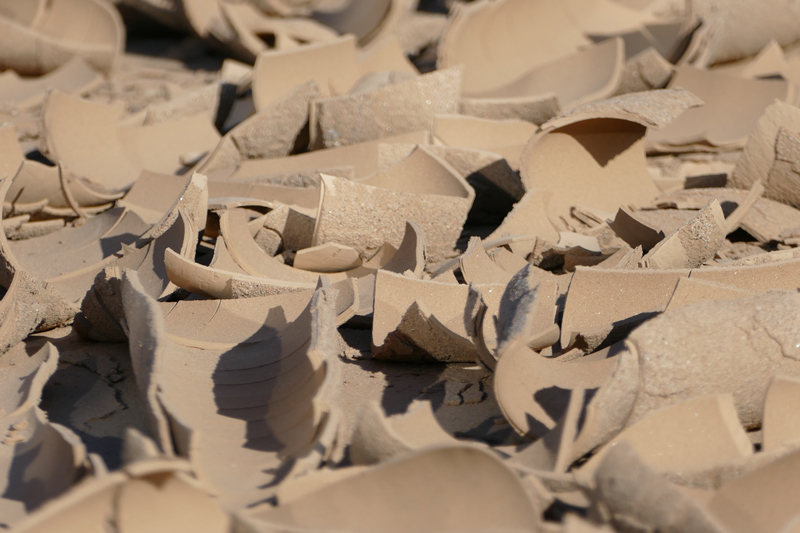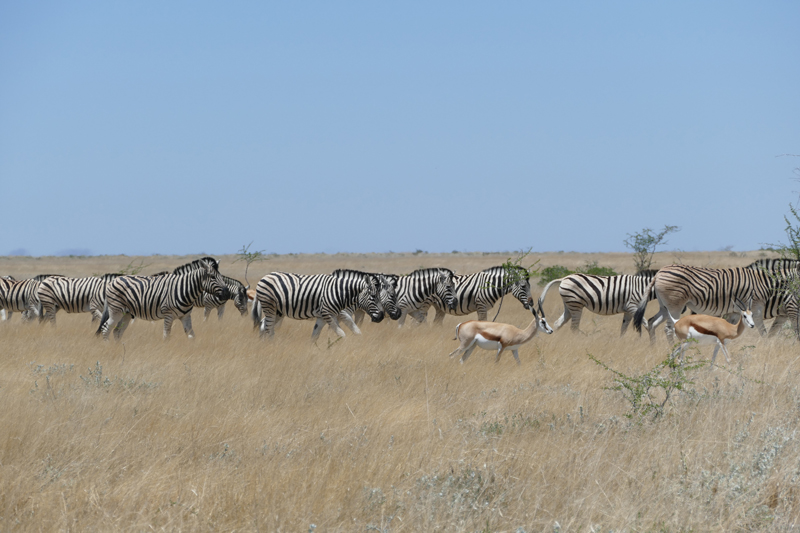Namibia Seasons & When to Travel
The dry season in Namibia is from April to October, with the rains mainly falling from November to March.
In April/early May, the grasses are still long and foliage quite thick after the rains, making game viewing more challenging. More importantly for regions such as Etosha National Park, water is still available in seasonal waterholes throughout the bush, meaning the animals are still quite spread out.
From June onwards these waterholes dry up and game is forced to start relying on fewer permanent water sources. Game viewing is usually best from late June to October, however the landscape can look harsh and very dry at this time, especially in September/ October, because grasses and foliage have withered or being eaten. Animals will begin to disperse again in November/ December as soon as enough rain has fallen for them to survive away from permanent water sources.
The most challenging time of year for game viewing in Namibia is from December to March, unless you are mainly interested in birds. Migrant birds tend to start arriving in late September, staying until March/April.



In the desert regions where wildlife viewing is secondary to exploring the landscapes, wildlife can be encountered throughout the year. If your priority in Namibia is purely seeing the landscapes, then you can travel at any time of year, though conditions for travel are not so good between December and March when heavy rains and flooding can damage road surfaces and air transfers can be disrupted by poor weather.
Temperature-wise, Namibia does tend to display typical desert conditions of hot days and cool nights. May to September is the winter period, and whilst day time temperatures can still reach above 30c, it cools down significantly at night. Early mornings can be extremely cold, especially on the coast where cold air is blown in from the Atlantic. From October to April conditions are warmer, and day time temperatures can soar to around 40c, with milder evenings. However, even at the hottest time of year, evenings and early mornings can still be chilly. Humidity is rarely a problem, except along the Caprivi Strip during the rains (November to March).
The weather on the coast is always influenced by the cold Atlantic currents and it is very common for the Skeleton Coast, and coastal towns such as Swakopmund, Walvis Bay and Luderitz, to be shrouded in fog in the mornings.
BEST TIME FOR VIEWING WILDLIFE


